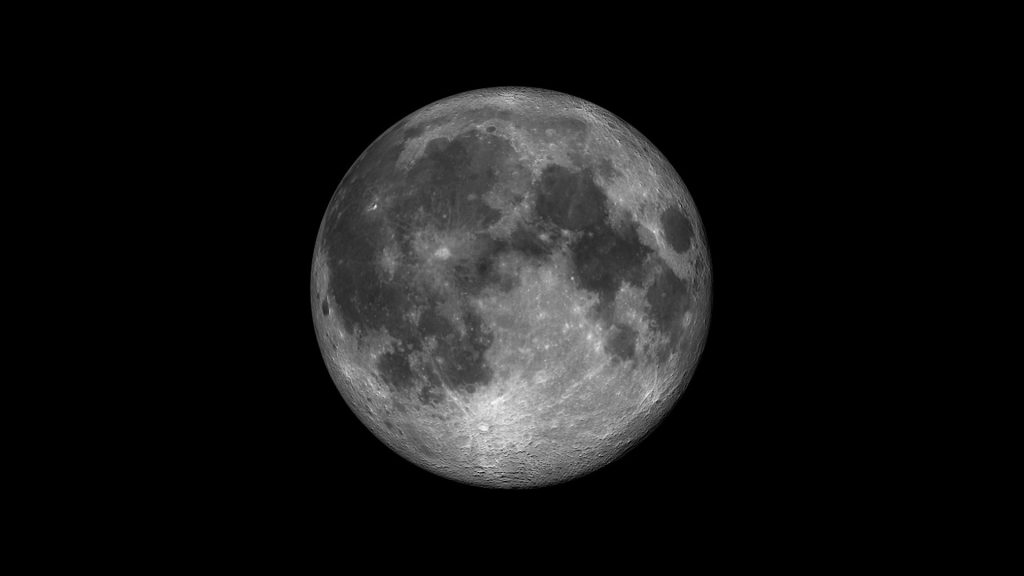Lunar soil brought back by Chinese mission reveals volcanic eruptions billions of years ago, offering new clues about the Moon’s geological evolution.
Others are reading now
Recent studies of lunar soil and rock samples from the far side of the Moon have revealed evidence of ancient volcanic activity. These samples were collected during China’s Chang’e 6 mission.
Scientists estimate the eruptions occurred about 4.2 billion and 2.8 billion years ago, providing new insights into the Moon’s geological evolution and the differences between its two hemispheres.
Chang’e 6 Mission Breakthrough
The Chang’e 6 mission was the first to bring back samples from the Moon’s far side, returning nearly two kilograms of lunar material to Earth for analysis.
Initial findings, conducted by the Chinese Academy of Sciences, were published in Nature and Science.
Also read
The samples, mainly basalt, include grains from different geological periods due to the Moon’s exposure to micrometeorites and solar particles. By studying their isotopic makeup and chemical profiles, researchers identified lava flows dating back 2.8 billion years and particles from 4.2 billion years ago.
These findings confirm that volcanic activity persisted on the Moon for billions of years.
The Chang’e program, named after the Chinese Moon goddess, has carried out multiple lunar missions. Earlier missions included orbital surveys (Chang’e 1 and 2) and landings (Chang’e 3 and 4), with Chang’e 4 being the first to land on the Moon’s far side.
Chang’e 5 and 6 focused on retrieving samples, with Chang’e 6 targeting the Apollo crater in the South Pole-Aitken Basin. Launched aboard a Long March 5 rocket, Chang’e 6 achieved a major milestone in lunar exploration.
While earlier studies showed volcanic activity on the near side of the Moon as recently as 2 billion years ago, with some eruptions occurring 120 million years ago, the far side lacked significant evidence of such activity—until now.
Chang’e 6 samples confirm that the far side also experienced volcanic episodes, though less extensively than the near side.
The Moon’s Hemispheric Differences
The Moon’s near and far sides differ greatly in crust thickness, terrain, and basalt distribution. While basalt covers 30% of the near side, only 2% of the far side has similar formations.
Analysis of Chang’e 6 samples suggests these differences may be connected to the South Pole-Aitken impact, the largest known collision in the Solar System. This event may have redistributed key elements like potassium, rare earth elements, and phosphorus, which are common in near-side basalts but scarce on the far side.
These elements, which release heat through radioactive decay, are sparse in the far side’s mantle, possibly explaining the limited volcanic activity in that region.


